- Your cart is empty
- Continue Shopping

Product
Azithromycin is a broad-spectrum antibiotic from the macrolide or ketolide class (like erythromycin, roxithromycin, and clarithromycin).buy Azithromycin Tablets online
It works by stopping the growth of bacteria, which are responsible for infections. Azithromycin 500 mg or 250 mg (brand names: Zithromax, Azasite) is commonly prescribed to treat:buy Azithromycin Tablets online
- Genital chlamydia (STDs) in both men and women.
- Skin and soft tissue infections (although it’s not always the first-line treatment for these).
- Other infections like ear infections (otitis media), sinusitis, strep throat, pneumonia, and traveler’s diarrhea.
- Azithromycin isn’t recommended for infected burn wounds.buy Azithromycin Tablets online
- Don’t use azithromycin if it caused liver problems before.buy Azithromycin Tablets online
Azithromycin dosage for chlamydia?buy Azithromycin Tablets online
Take Azithromycin or any kind of antibiotics as directed by your doctor. It is an acid-stable antibiotic, so you can take it with or without food. If taken on an empty stomach and causes discomfort, eating some food may help.
For treating genital chlamydia with Azithromycin, the suggested dose is 1 gram (1000mg) to be taken on day one, followed by 500mg daily for the next two days.
You will need a total of 4 tablets of Azithromycin 500mg for 3 days to complete this longer course. It can be taken in the morning or at night.
⚠️ New dose: Following updated national guidance for Chlamydia treatment.
Azithromycin vs Doxycycline for Chlamydiabuy Azithromycin Tablets online
Both Azithromycin 500mg/250mg and Doxycycline 100mg are proven antibiotics commonly used to treat chlamydia. They work by stopping the growth of bacteria and are typically prescribed for uncomplicated chlamydial infections.
Doctors generally prescribe Doxycycline as the first-line treatment for chlamydia infection. However, Azithromycin can be an option if someone can’t take Doxycycline or other similar antibiotics (Tetracycline antibiotics).
| Features | Azithromycin | Doxycycline |
| Dosage | 1 gram (100mg) single dose | 100mg twice daily for 7 days |
| Convenience | More convenient (single dose) | Less convenient (twice daily) |
| Side Effects | Nausea, vomiting, diarrhea, stomach upset | Nausea, vomiting, diarrhea, stomach upset, sun sensitivity, potential for tooth and nail staining |
| Compliance | Generally good | May be lower due to twice-daily dosing |
Additional Information
| Quantity | 4 Tablets |
|---|


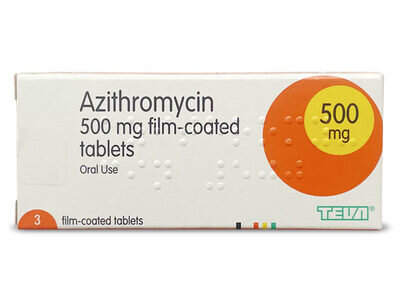


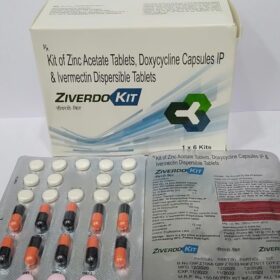

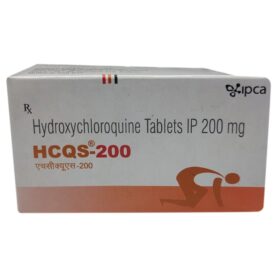
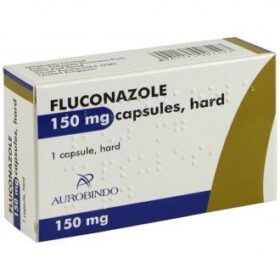

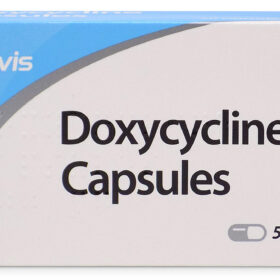
Reviews
There are no reviews yet.